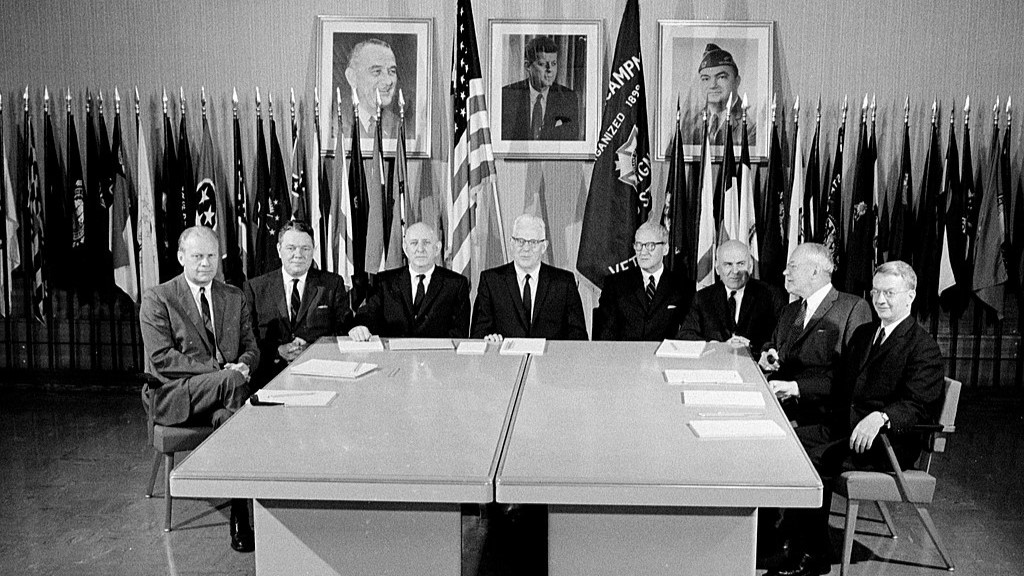Hollywood History Hollywood History Hollywood History Hollywood History No Tin Abstract Art Abstract Art Terrorist Heritage Terrorist Heritage Terrorist Heritage
January 2011
Once in a very great while (in fact, almost never) an entirely unsolicited package of photos appears on our desk, and after we tear away the brown wrappings and finish grumbling about photographers who drop off material without even bothering to inquire whether it might be appropriate, we find a jewel of a story. That is how Alex Olivera’s haunting scenes of Havana came to these pages. Naturally, our first question was “How did you find these old black and whites—and how did you match them up?”
In those days, back in the thirties, the forties, the fifties of this century, Cuba was Havana, and Havana was a dream.
I recently went to Havana o
n one a cruise to spend a few days in the country that had so long fascinated me.
The old dream was set to music—Xavier Cugat playing Ernesto Lecuona’s “Siboney” and “Malaguena” and “You Are Always in My Heart,” Bing Crosby crooning, “They’re glad to see you, in See-You-Bee-Ay.”
The federal government was still in the process of establishing itself in 1792 and did not have a good year financially. Total income was only $3,670,000, or 88 cents per capita. Outlays were $5,080,000. The budget deficit therefore amounted to fully 38 percent of revenues. The next year, however, the government sharply reduced expenses while enjoying increased tax receipts and showed its first budget surplus. Except during periods of grave economic or military crisis, the government would never again run up so large an annual deficit in terms of a percentage of total revenues.
LIKE MISSING PIECES FROM A VAST JIGSAW PUZZLE, SCRAPS OF HISTORY keep appearing in unexpected ways. Sometimes they raise more questions than they answer. Scuffed and dim, their delicate unprotected surfaces badly scratched, these daguerreotypes of the Mexican War, taken in 1847, were acquired a few years ago by the Amon Carter Museum of Fort Worth, Texas. Thirty-eight of them altogether, carelessly wrapped in wadded paper towels, were found in a Connecticut barn belonging to a family with no known link to the war in Mexico. Oddly enough they are very like the only other known photographs of this first war ever recorded by a camera, nine similar scenes that came to Yale more than thirty years ago and are now in that university’s Beinecke Rare Book and Manuscript Library. Their provenance, too, is lost. Did the same man make them? Who was he? Where have they been all these years? That is the next challenge, and the answer, if any, will probably come by accident, leaving still other tantalizing questions.
If you’ll turn to the portfolio of Mexican War daguerreotypes that accompanies our story on the San Patricios in this issue, you will find in the picture credits a spate of curatorial jabber. Indeed, there’s something almost amusing in the idea of these battered workaday views of a long-ago campaign being filigreed with the sort of explication one might better expect to accompany Leonardo da Vinci’s cartoon for The Virgin of the Rocks. But it did not amuse me a couple of months back when I learned we had to print all that or the Amon Carter Museum wouldn’t let us publish the pictures. I grumbled about the pedantic rigor of the stipulation, until it occurred to me that perhaps American Heritage had been partially responsible for it.
The court-martial of Captain John O’Reilly was one of 29 convened by the United States Army at the San Angel prison camp in Mexico on August 28, 1847: 36 other men of O’Reilly’s San Patricio Battalion faced courts-martial on that same day at nearby Tacubaya.
The trials were swift. The prosecution established that each of the accused men had deserted from U.S. forces and then had fought against them in the captain’s Mexican outfit. Almost every man tried at San Angel and Tacubaya was convicted and sentenced to be hanged.
“These sentences, which would have been appropriate at any time, were particularly so now,” wrote Raphael Semmes, a Navy lieutenant who had served as a volunteer with the U.S. Marines in Mexico. “There were many foreigners in our ranks … and the enemy was making every effort still to entice them away. The salvation of the army might depend upon an example being made of these dishonored and dishonorable men.”

In September 1994, after doggedly repeating a white lie for forty-seven years, the Air Force finally admitted the truth about a mysterious 1947 crash in the New Mexico desert. The debris was not a weather balloon after all but wreckage from Project Mogul, a top-secret high-altitude balloon system for detecting the first Soviet nuclear blasts halfway across the globe.
During the months following Pearl Harbor, soldiers and sailors of our new allies were a common sight on the streets of New York City. One Sunday afternoon, I saw two Asian naval officers of obviously very senior rank. We had Oriental allies at that time, and well-disposed Far Eastern noncombatants were about the city. But the cap devices worn by these two officers rang a bell of recognition in my head: The device was a gold wreath, within which was what appeared to be a juxtaposed chrysanthemum and an anchor.
In the week following Pearl Harbor, every newsmagazine had on its cover a photograph of the architect of the devastating sneak attack, Admiral Yamamoto. And at the front of his cap was what appeared to be the very same device that I had just seen.
Why would Japanese naval officers be walking through Times Square amidst the Sunday strollers? Had they perhaps landed from a submarine hidden in New York’s vast harbor? Even if apprehended, they couldn’t be treated as spies, for they were in uniform.
